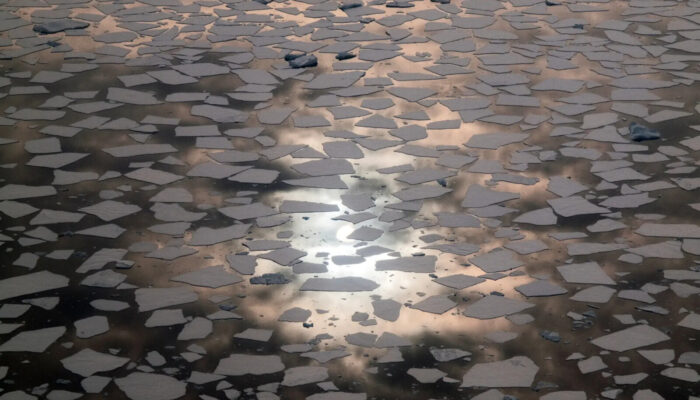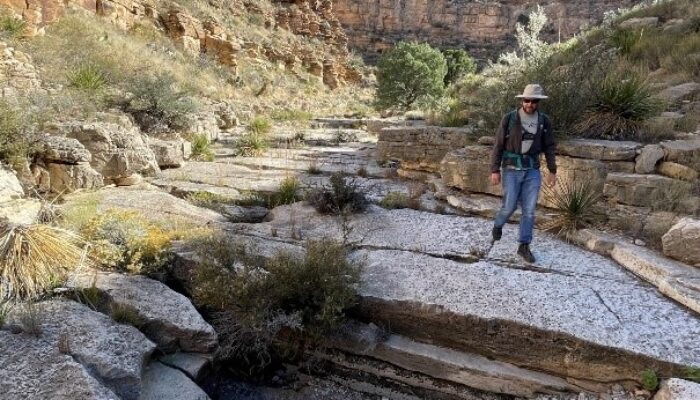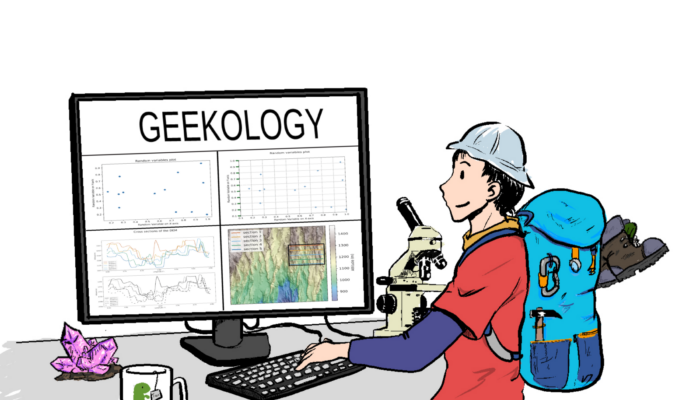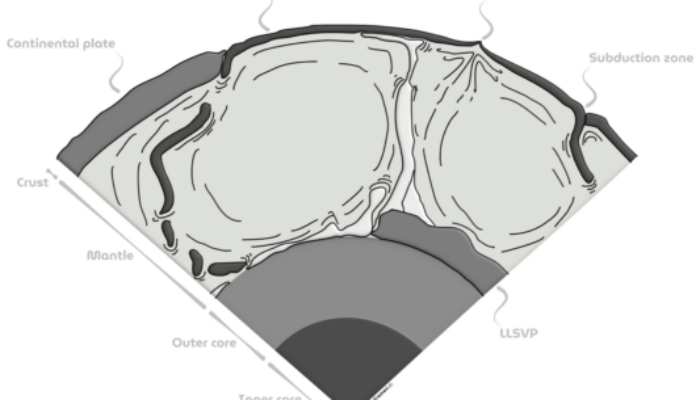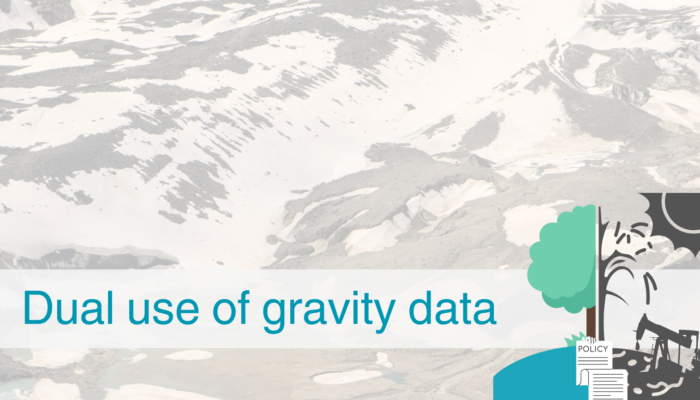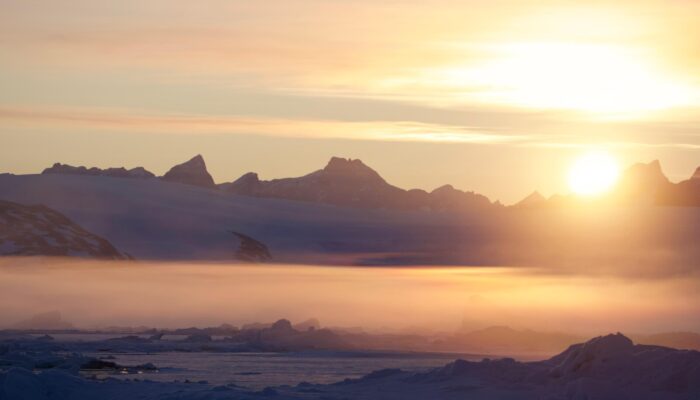Phoebe Sleath, a PhD student at the University of Aberdeen, guides us through the intersection of art and geology. She shares how she got into watercolour field sketching, how it became a valuable companion during her PhD journey, and how it serves as a powerful tool for communicating science Why do you like doing geoscience? Throughout my undergrad degree, I would have said: because I like mounta ...[Read More]
Natural Hazards
Taking the risk personally: how perceived flood experience relates to risk perception, sensed coping appraisal, and protective behaviour
The frequency and severity of extreme weather events, such as heavy rainfall, droughts, and storms, are increasing globally, putting societies and infrastructures worldwide at risk [1]. These developments demand effective adaptation measures and ways to enhance societal resilience. Consequently, it is necessary to understand how people perceive and respond to natural hazards. Knowing that the occu ...[Read More]
Cryospheric Sciences
Friday the 13th – an unlucky day for sea ice?
On this September 13th, coinciding to be a “Friday 13th”, we wanted to scan the cryo-history for expeditions started, sunken ships that day, and mountain myths. And we did find that. But as autumn approaches in the Northern hemisphere, the spookiest story of all was this one: the unlucky timing of the Arctic sea ice in September. TGIF – but not for sea ice Although the median min ...[Read More]
Geochemistry, Mineralogy, Petrology & Volcanology
La Soufrière de Guadeloupe: Past Eruptions and Ongoing Activity
La Soufrière de Guadeloupe is an andesitic stratovolcano located in the southern part of Basse-Terre, within the Guadeloupe archipelago (Eastern Caribbean). It towers over the towns of Sainte-Claude and Basse-Terre. Nearly 50 years ago, this region faced severe consequences from a phreatomagmatic eruption, forcing the evacuation of 80,000 people. Since then, the volcano has been regularly monitore ...[Read More]
Geomorphology
Highlighting Grace Guryan: How do rocks shape rivers?
This blog post is part of our series: “Highlights” for which we’re accepting contributions! Please contact one of the GM blog editors, Emily (emily.bamber@utexas.edu) or Emma (elodes@asu.edu), if you’d like to contribute on this topic or others. by Grace Guryan, Doctoral Researcher, University of Texas at Austin, USA Email: gguryan@utexas.edu About Me My name is Grace Guryan, and I’m a fifth year ...[Read More]
Geodynamics
Geekology #1: Matplotlib for geosciences, tips and tricks
This week inaugurates a new series of posts: Geekology, fusion of geek and geology. In this section, we will try to unravel tips and tricks of programming applied to geodynamics, from new innovative libraries to good programming practices, interviews with geologists who code and more! To kick off the series, this week’s article is written in collaboration with Baptiste Bordet, doctoral resea ...[Read More]
Geodynamics
A journey to the centre of plate tectonics and mantle convection
“Dynamics of Plate Tectonics and Mantle Convection,” is edited by Dr. João C. Duarte and published by Elsevier. The book brings together contributions from more than 40 renowned authors in the fields of geology, geodynamics, tectonics, petrology and geophysics. It offers the unique authors’ perspective on the interconnected processes of plate tectonics and mantle convection and their v ...[Read More]
Tectonics and Structural Geology
Geology Bites: Podcast conversations about geology with researchers making key contributions to our understanding of the Earth and the Solar System
As readers of this blog know, geology is an awe-inspiring subject, dealing as it does with immensely powerful forces operating on time scales, pressures, and temperatures we can barely fathom. It is geological processes that are responsible for the continents, oceans, mountain ranges, indeed for all the landscapes we see around us. Even though many of these processes operate over deep time and dee ...[Read More]
Geodesy
Dual use of gravity data
Today, we are going to talk a little bit about dual-use, particularly in the context of geodesy. If you’re unfamiliar with the term, dual-use refers to the application of knowledge, information, data, products, or technology in ways that may deviate from their original scientific intent, often leading to ethical challenges. These challenges arise from the lack of control over who uses the da ...[Read More]
Cryospheric Sciences
Cryoscientist life stories: Experiences of an ‘office glaciologist’
Both glaciological research conducted in the field, and in the office, are vital — and ‘count’ as glaciology. Often, however, those of us who remain in our cozy offices can be forgotten, or thought to lead a ‘boring’ job. Alex Bradley, a modeller of glaciers, is here to remind you why the office glaciologist is fundamental to the Cryosphere, and why glaciology from a distance is key to the future. ...[Read More]



